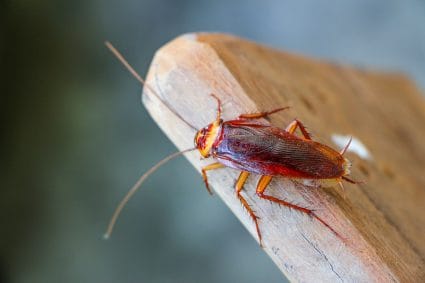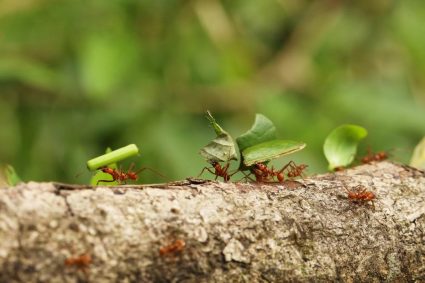
Cockroaches are renowned for their resilience and adaptability, traits which have allowed them to survive for hundreds of millions of years. However, one aspect of these insects that often garners much attention (and usually a fair amount of disgust) is their size. Some cockroaches can grow to be quite large, leading many to wonder, “Why are roaches so big?”. The answer to this question involves a combination of factors, including genetics, diet, environmental factors, growth factors, and adaptability.
The size of roaches is determined by several factors including genetics, diet, environmental conditions, growth factors, and adaptability. Some species have large genomes that contribute to their size, and their diverse diet rich in nutrients aids their growth. Environmental factors like temperature and humidity can indirectly influence their size, and their inherent adaptability allows them to thrive in various conditions.
Role of Genetics in Roach Size
Genetics play a crucial role in determining the size of a roach. The American cockroach, for example, is the largest house-infesting roach in the United States, with a length ranging from 1.5 to 2 inches. Its genome is also one of the largest among insects, which could be a contributing factor to its size.
Impact of Diet on Roach Size
A roach’s diet can also contribute to its size. Cockroaches are omnivorous and can feed on a wide range of organic matter. This dietary flexibility allows them to grow and thrive in various environments. For instance, roaches can consume decaying organic matter, household items like cheese, beer, leather, bakery products, and even starch in book bindings. This diverse diet, rich in nutrients, can contribute to their growth and ultimately, their size.
Influence of Environmental Factors
Environmental factors such as temperature, humidity, and environmental sanitation can affect the density and size of cockroach populations. Higher temperatures and humidity levels can lead to increased cockroach density, which may indirectly contribute to their size. Moreover, the sanitation conditions of the environment can influence the abundance and size of roaches. Clutter provides hiding places for roaches, and keeping areas clean and eliminating food and water sources can help keep cockroach numbers low.
The Role of Growth Factors
Many factors affect roach size and weight, including hydration, reproductive status, growth cycle, and the quality and amount of food consumed. These factors can lead to variations in size and weight among roach populations.
Adaptability of Roaches
Roaches have expanded clusters of genes associated with sensory perception, detoxification, the immune system, growth, and reproduction. This genomic adaptability may contribute to their ability to adapt to various environments and grow larger.
Examples of Large Roach Species
There are specific species of roaches that are bigger than others. The Megaloblatta longipennis, for example, is the largest winged cockroach, measuring over 3.5 inches in length and over 1.5 inches in width. The Macropanesthia rhinoceros, also known as the giant burrowing cockroach, is the second biggest cockroach in the world and the heaviest, with adult giant burrowing cockroaches reaching up to 3.1 inches in length and weighing up to 1.23 ounces or 35 grams.
Conclusion
In conclusion, the size of cockroaches can be attributed to a combination of genetic factors, diverse diet, environmental conditions, growth factors, and adaptability. Understanding these factors can help in the development of more effective pest control methods and contribute to a better understanding of these resilient and adaptable creatures.
Frequently Asked Questions
Are all species of cockroaches large?
No, not all species of cockroaches are large. The size of a cockroach can vary significantly depending on the species. Some species like the German cockroach are much smaller, typically measuring less than an inch in length.
Can a roach’s diet affect its lifespan?
Yes, a roach’s diet can affect its lifespan. A balanced diet rich in nutrients can support a roach’s growth and longevity. Conversely, a lack of food or poor quality food can shorten a roach’s lifespan.
How can we control the size and population of roaches in our homes?
The size and population of roaches can be controlled by maintaining sanitary conditions in your home. Regular cleaning, proper food storage, and eliminating water sources can help reduce the availability of food and shelter for roaches, thereby controlling their population.
Are larger roaches more dangerous or harmful than smaller ones?
The size of a roach does not necessarily correlate with its level of danger or harm to humans. All roaches, regardless of size, can carry and transmit diseases and cause allergic reactions. Therefore, it’s important to take steps to prevent and control any roach infestation, regardless of the size of the roaches.
Do roaches get bigger in warmer climates?
Yes, roaches can get bigger in warmer climates. Higher temperatures can accelerate their growth rates, leading to larger roaches. However, the impact of temperature on roach size can also depend on other factors such as the availability of food and the specific species of the roach.












